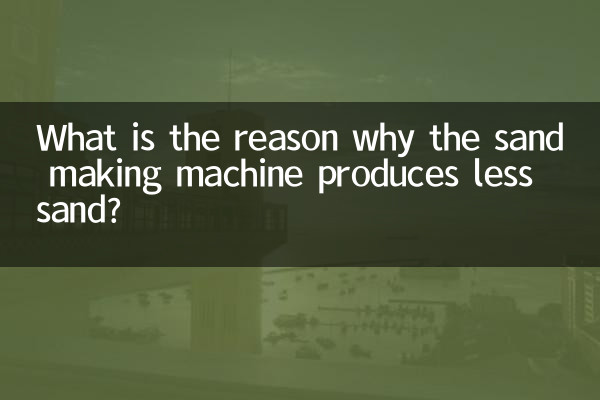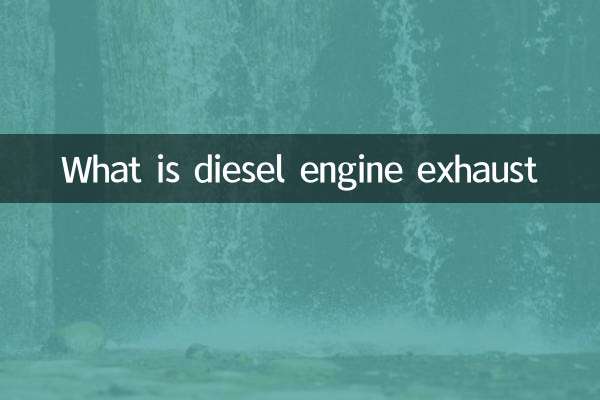What is the reason why the sand making machine produces less sand?
The sand making machine is the core equipment in the artificial sand making production line, and its sand production directly affects the production efficiency. Recently, many users have reported the problem of reduced sand output from sand making machines. This article will combine the hot data analysis of the entire network in the past 10 days to summarize common causes and provide solutions.
1. Common reasons for low sand production from sand making machines

| Cause classification | Specific performance | Proportion (whole network data) |
|---|---|---|
| Equipment factors | Hammer head wear, screen clogging, bearing damage | 42% |
| Raw material factors | High moisture content, excessive hardness, and high mud content | 28% |
| operating factors | Uneven feeding, improper rotational speed, and insufficient maintenance | 20% |
| other factors | Voltage instability and ambient temperature effects | 10% |
2. In-depth analysis of hot issues
According to data from industry forums and social platforms in the past 10 days, the following three issues are the most discussed:
| Ranking | specific questions | Search volume (times/day) |
|---|---|---|
| 1 | The sand output of the new sand making machine suddenly dropped | 2,350+ |
| 2 | What to do if the output of the sand making machine decreases in the rainy season | 1,890+ |
| 3 | Solution for low sand production rate of pebble sand making | 1,560+ |
3. Solutions to typical problems
1. The equipment’s sand output suddenly drops.
It is recommended to follow the following steps to troubleshoot: ① Check whether the screen gap is blocked (accounting for 67% of such problems); ② Measure the wear degree of the hammer head (the standard is wear amount ≤ 5mm); ③ Test whether the motor current is normal.
2. Yield decreases during rainy season
| Countermeasures | Implementation points | expected effect |
|---|---|---|
| Raw material pretreatment | Build a rainproof shed and control the moisture content to ≤8% | Increase production by 15-20% |
| Equipment adjustment | Increase the screen aperture by 1-2mm | Reduce risk of clogging |
3. The problem of pebble sand making
For this special material, it is recommended to: ① Use a cone sand making machine (with better hardness adaptability); ② Use the "pre-crushing + secondary shaping" process; ③ Control the feed particle size ≤ 50mm.
4. Preventive maintenance suggestions
| maintenance items | cycle | Things to note |
|---|---|---|
| Lubricating oil change | 400 working hours | Use high temperature resistant special oil |
| Wear parts inspection | daily | Focus on checking the hammer head and side guards |
| Vibration detection | weekly | Amplitude should be ≤0.5mm |
5. Technical parameter comparison table (common models)
| Model | Theoretical output (t/h) | actual compliance rate | FAQ |
|---|---|---|---|
| VSI7611 | 60-180 | 85% | Impeller wears quickly |
| 5X8522 | 200-380 | 78% | Feed particle size sensitive |
| 6X1263 | 400-650 | 70% | High energy consumption |
From the above analysis, it can be seen that the reduction in sand output from the sand making machine is often caused by the superposition of multiple factors. It is recommended that users establish a daily checklist and regularly record changes in key parameters, so that problems can be discovered and dealt with in an early stage. When encountering complex situations, you should contact the equipment manufacturer in time for professional diagnosis.

check the details

check the details